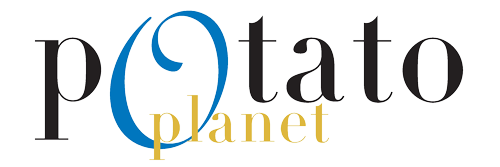Publication author: Christelle Denis – SARL D.Vegetables
Potato market chronicle September 2017
Since 2014, French growers have been warned: “don’t increase your production areas for the fresh market”. A vain recommendation, and what had to happen happened in 2017: more surface area and yields that are 10-15% higher overall.
Some potato news
The limited yields of the 2015 and 2016 harvests translated into higher prices in 2015, and completely unrealistic prices in 2016. And what a disaster! Disappearance of certain buyers, Italy, Netherlands, Germany, United Kingdom, Eastern countries… They preferred to buy potatoes rather than gold nuggets. Business is simple. It’s based on trust and win-win relationships. We have to admit that if we have lost our Italian friends over the last two years, it’s because they are starting to take inspiration from the French model, terroir and local production.
For everyday consumption, they preferred to buy from Germany. The English traded with the Belgians and the Dutch, and a little with the Germans, where a tonne was €80 to €100 cheaper on average. All these volumes that we didn’t sell correspond to fridges still full in May in the great plains, and misery at the end of the road… When will we see a scrapping premium for old stocks!
Produce retailers and quality
Early marketers who work on taste and quality have had a field day. Early-season sales plummeted, with supermarkets under pressure from the main French marketers to clear their stocks of old potatoes, and a delay of several weeks in putting all those wonderful early potatoes from our French terroirs on the shelves. With some delay, early marketers have almost succeeded in selling their production. It’s worth remembering that the early season is used as a reference for the price of the coming season: this year, it’s a fiasco.
Low market prices
Let’s remain optimistic, and remember that the potato is still present on our plates, but in smaller quantities. Prices are so low that Africa and Eastern Europe are asking questions and may even buy. Volumes will leave for Southern Europe once logistical difficulties are resolved. Let’s take advantage of these opportunities, even if prices are very low, to get all the surplus out of here.


